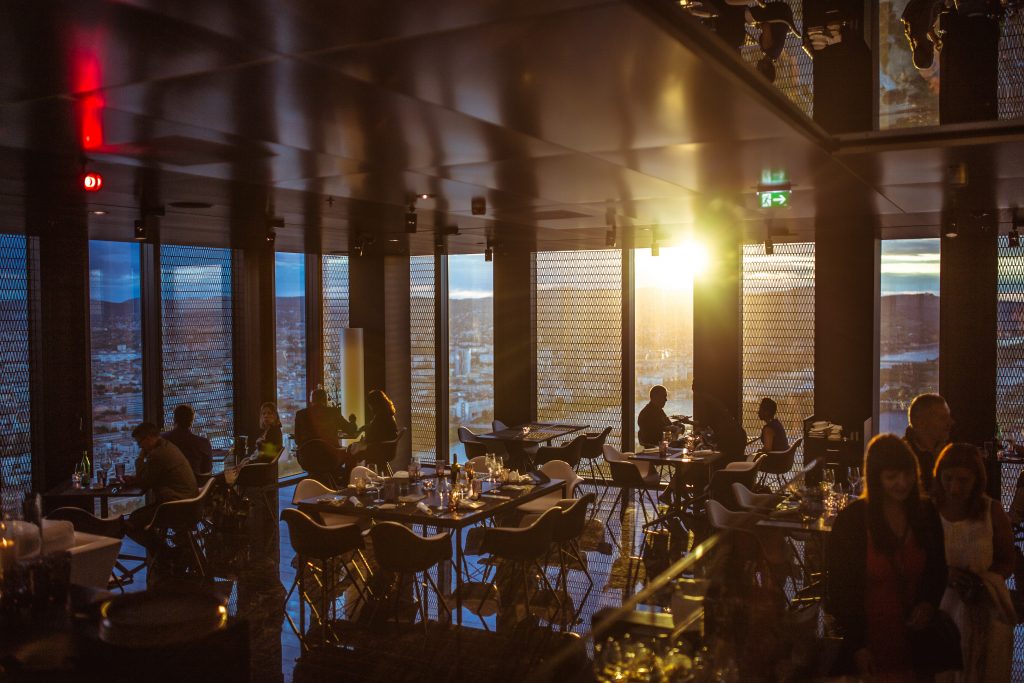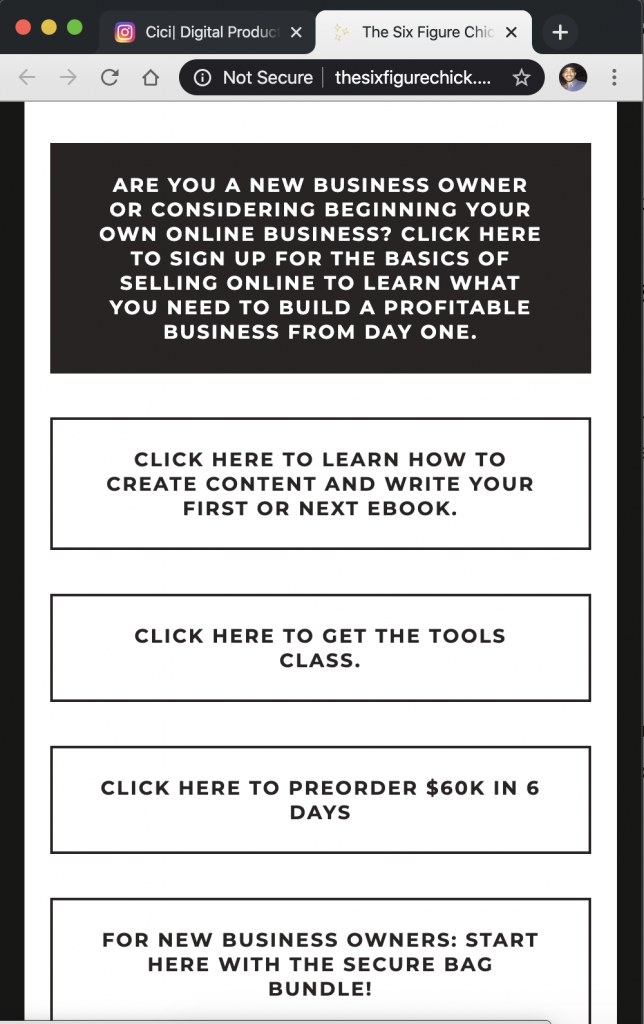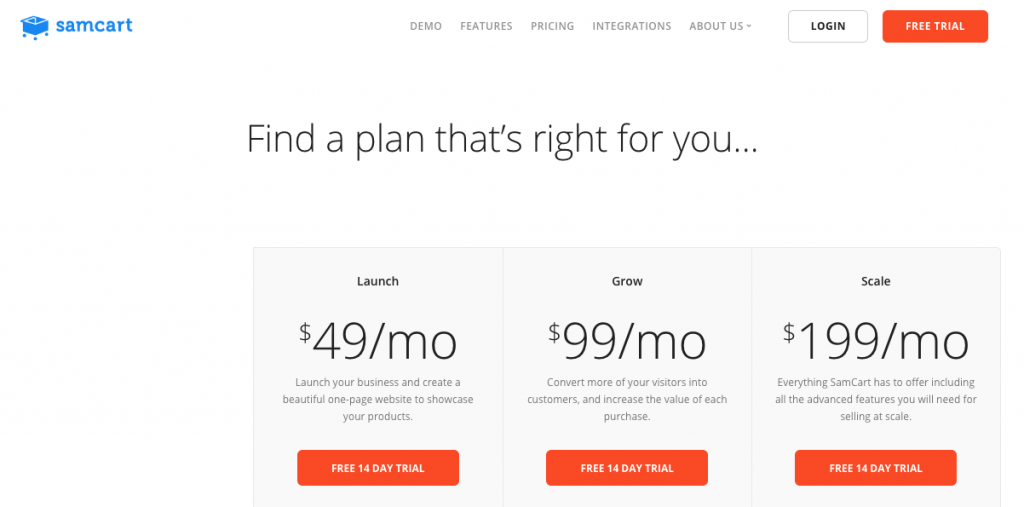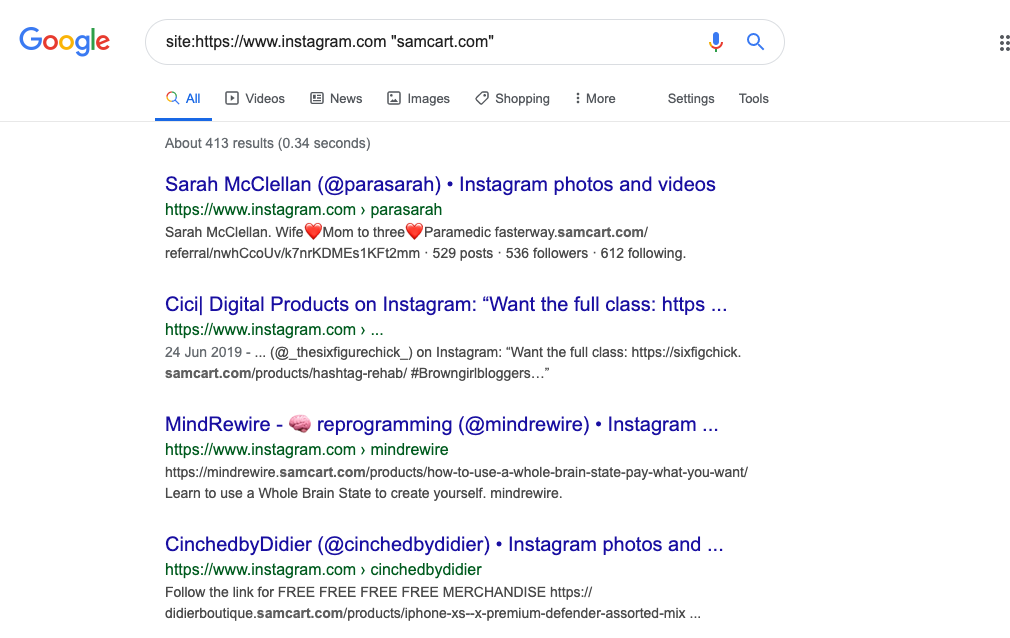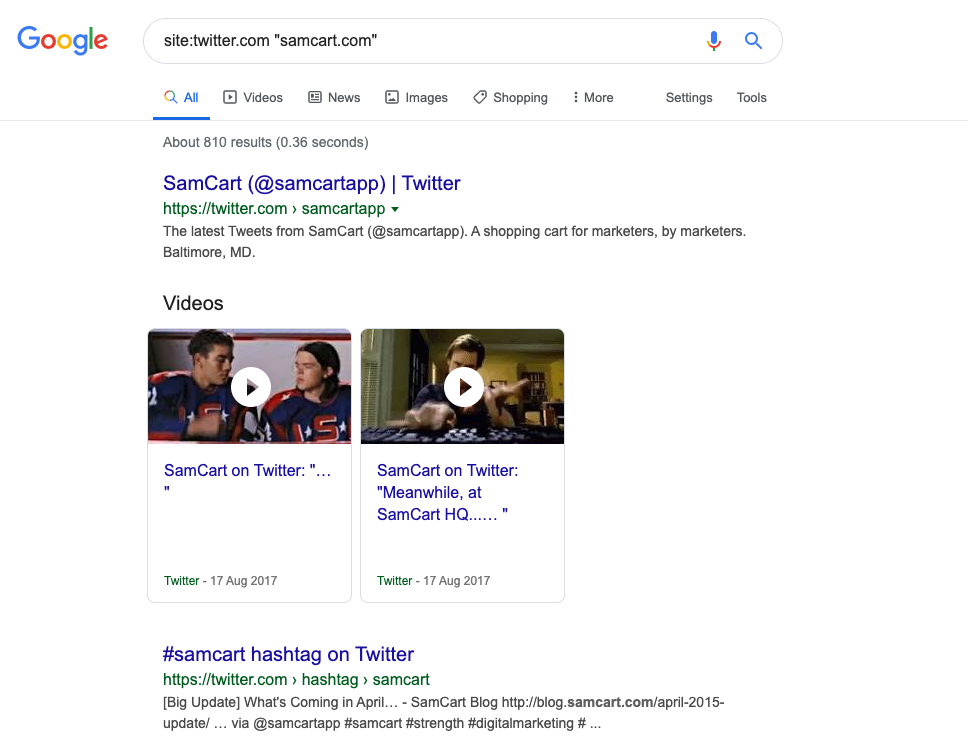If you’ve been struggling to figure out how to make money as a micro influencer – you are about to get all of your questions answered.
One of the things that has surprised me most over the last few years of meeting influencers has been just how few are making any money at all. Outsiders all assume that having followers somehow leads to money, but when you think about it, the skill that the creator has is creating content that people love and want to see more of. This isn’t necessarily the set of skills that they need to use to make sales. In this post, I want to share what concepts make this easy to understand, what skills you need to develop and tools you’ll need if you are one of these creators looking to make your first $1,000 online.
It’s really important to understand the different types of businesses you can choose from because they lead to very different amounts of work, lifestyles and the amounts you can earn.
The first thing you need to know are the most common business models and their pro’s and con’s. Then you can select the one that’s best for you – hint, I have left the best for last…
## Affiliate Links
I am going to start with affiliate links because this is where most people get started. Affiliate links are links to sites where people can buy products and services that have your ID. When one of your followers clicks on your affiliate link and purchases from that site, the site makes a note of your ID and pays you a percentage for helping to make that sale.
Affiliate advertising can be a great way to get started making money online because it’s really easy to get started. Hundreds of thousands of sites have affiliate programs (including household names like Amazon, ASOS…) and they are normally pretty easy to sign up to. The main drawback is, unless you are sending thousands of people to these sites via your affiliate link making significant money is really hard.
For example, if you tell people to buy your favourite gadget which sells for $10 and your affiliate cut is 5% (they can be lower), you only make 50 cents per sale. So you have to generate 2,000 sales to make $1,000.
## eCommerce
The next option is starting your own store to sell products. Basically you find a physical products that you can buy for less money than people will be willing to buy them from you.
This process is easier than ever because you can simply sign up to a platform like Shopify for $15 a month and you are online but, you have to figure out what to sell, which can be tough.
You might have an advantage in that if your audience is built around a specific interest you can sell things that relate to that interest like pen’s for communities based on stationary. The challenge here can be finding good quality products that your followers don’t already know where to find at the same or a lower price. Other challenges include shipping (especially if your customers are overseas), making sure the products are always good quality and handling complaints and returns. Complaints and returns are a big part of eCommerce businesses. But, you have an advantage in this business because creating content to promote your product is your skill!
To make your first $1,000 you will need to find a product that you can sell. To keep things simple lets assume you find a $20 product that you can sell for $50. If you can sell 20 of these products you can make $1,000 – but you would have to pay for 20 of these products which would cost you $400, so you will need to sell a few more to make your $1,000 assuming there are no returns.
## Content Creation
As your followers began following you because of how good your content is, this proves that you have a valuable skill that people might be willing to pay you for.
### Sponsored Posts
The first example of this might be where a brand is willing to pay you to review or talk about the benefits of their product or service. This is very common across social media because it’s a very effective way to get new customers.
The way this works is you will have to reach out to brands, pitch them on how you can help them make more sales because of the great content you will create and then you charge them a fee. Selling these services takes a lot of skill and can take some time because you will probably have to reach out to a lot of brands before you will find the ones that are willing to pay you. When you find the right brand, you agree to make a series of posts about their product or service and clearly state to your audience that this is a collaboration.
How much you can make with this business model really depends on how many followers you have and and how likely the brand thinks it is that you will actually help them to make sales. If you can speak to enough brands, communicate how you will help them make sales and pull this all off, you can actually charge $1,000 for one deal – in some cases much more.
### UGC
Another version of the sponsored content is often referred to as UGC or User Generated Content – back in the day, this would be where a creator talks about a product or service they love just because they liked it. Now, brands pay creators to make content that looks like these more “organic” looking reviews. In some cases you will be asked to publish these reviews on your social media profiles and in some cases, the brand just wants to use these videos on their social media or ads.
UGC often pays much lower than Sponsored Posts but, deals are normally easier to find because you can approach much smaller brands who are typically easier to start a conversation with. Again, much like Sponsored Posts, you will typically need to reach out to hundreds of companies before you will find someone who will be willing to pay you for the content. The deal size is much smaller in my experience, I have seen that many brands will pay $200 – $300 for a couple of videos. Some brands will pay thousands but, that is typically to people who have lots of followers. So to get to your first $1,000 I would expect you to need to do 5 deals or more.
A final note on working with brands – some promise to pay you and never do or, take very long to pay so I recommend being very patient when waiting or payments as well as when you are reaching out to get deals.
## Selling services
– This is where you help clients achieve their goals by selling them your time
– If you do take one of these paths, it’s very important that you get good with CRM and managing a deal pipeline
### Social media management
– This is where you manage a company’s social media accounts for them and help them achieve their goals
– This can be very appealing because companies will pay you a monthly fee and will typically stay for several months
– The drawbacks are
– Managing clients can be a lot of work
– Creating brand aligned messages and content is a lot of work and constantly needs new ideas
– You always have to be working for the client, you can’t stop. If you do, the money stops
– Sometimes clients have unrealistic expectations and put a lot of pressure on you
### Consulting & coaching
If you are interested in working with businesses you feel comfortable selling to them, you might be able to s
– This can be VERY time intensive
– You have to be good at closing deals or the sale process can take time
– You need to spend time either on calls with the client or delivering the project
– Projects can drag on if you are not careful
## Digital Products
Digital products is my favourite out of all of the categories
– They are typically ebooks, courses, templates, planners
– How many you can sell is often unlimited
### Unique
– These are products that you create from scratch
– This is great because you are the only place people can get this product
### Master Resale Rights (MRR)
– You don’t own the product, you sell access to a product that others have created
– This is great for getting started
– You might end up competing with all the other people who are trying to sell the exact same thing
– Can leave you in a situation where the people creating the product can take it down or, change the terms and conditions after you have bought it
– They often dictate the price – so you can’t lower the price to help you make more sales if your audience needs a lower price for example
### PLR
– This is like buying templates that give you the core of what you can sell but, you tailor them to your market, you have total control over what you do with the content
–
While all the methods mentioned offer their own benefits and challenges, digital products stand out for their scalability and potential for passive income. Unlike services or physical products, once you create a digital product, you can sell it an unlimited number of times without needing to manage inventory or fulfill orders. This makes it an excellent option for creators looking to make their first $1,000—and much more—online.
Why Digital Products?
Scalability: Whether it’s an eBook, an online course, or a set of unique templates, digital products allow you to leverage your work repeatedly. This means your effort in creating something once can pay off indefinitely.
Flexibility: Digital products give you the freedom to work on your own terms and schedule. You’re not bound by the constraints of managing physical inventory or fulfilling orders daily.
Uniqueness: Offering something unique to your audience, something they can’t find anywhere else, positions you as an expert and builds trust. This trust is crucial for long-term business relationships and can lead to higher conversion rates.
Getting Started Is Easier Than You Think
Many creators hesitate to create digital products because they believe it requires extensive expertise or resources. However, with the wealth of tools and platforms available today, you can start small and grow. The key is to identify a need within your audience, something you’re passionate about, and create a product that addresses that need. Your unique perspective and skills are what will make your digital product stand out.
Take the Leap
The journey to making your first $1,000 online as a creator is filled with learning and growth. By choosing a business model that aligns with your skills and audience, you’re not just working towards your first $1,000; you’re building a foundation for a sustainable digital product business.
Remember, the most important step is to start. It’s easy to get caught up in planning and perfectionism, but your first version doesn’t have to be perfect. It just has to be out there. Feedback from your early customers will be invaluable in refining and improving your offerings.
Let’s Embark on This Journey Together
If the idea of creating and selling digital products resonates with you, I’m here to guide you through every step of the process. From ideation to launch and beyond, my resources are designed to help you avoid common pitfalls and accelerate your success.
Click on the link in my bio to explore how we can work together to turn your creative skills into a thriving digital product business. Your journey to making your first $1,000 online starts today.
Now that you have some idea of the options, the best thing to do is actually try to get started. Everyone I’ve ever worked with or come across in online businesses always wishes the same thing – they wish they got started earlier so don’t delay. If you’d like to make your first $1,000 and build the foundation for making more money and possibly replacing your job, I’d be happy to help you like I have helped others.
When you click the link in my bio – you can learn about the range of things that I do and get access to my training and resources so you can get started quickly and avoid all the mistakes I made over the years!
I’m really excited to see what you will achieve.
Best of luck,
Peter




